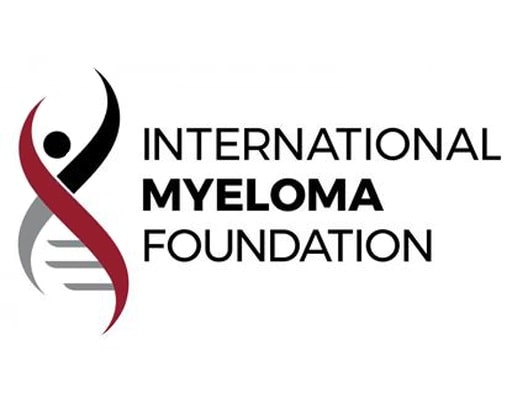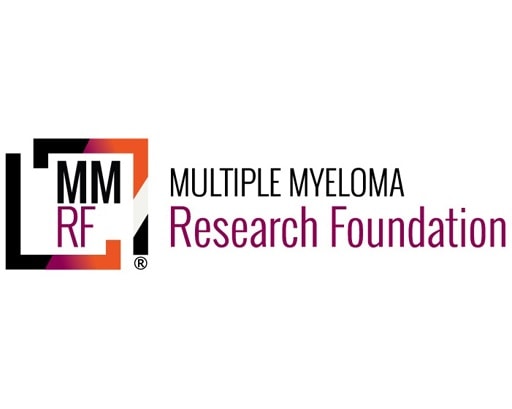Plasma Cell Dyscrasias
MRD assessment
Last update: August 14th, 2020
The level of minimal residual disease (MRD) is paramount to link the depth of response and long-term outcome. Some patients that reach complete response (CR) have inferior progression free survival (PFS) which is due to positive minimal residual disease which will sooner or later provoke a relapse. The recent advances in treatment demand a more sensitive response criteria which includes minimal residual disease evaluation.
MRD has been defined as one of the best surrogate markers to predict overall survival (OS) and accelerate the approval of new therapies. The European Medicines Agency (EMA) and FDA have published guideline drafts to use MRD as clinical endpoint in multiple myeloma studies.
International Myeloma Working Group Response Criteria
The international myeloma working group has defined criteria for MRD evaluation and time points for its sustained negativity.
Sustained MRD-negative
MRD negativity in the marrow (NGF or NGS, or both) and by imaging as defined below, confirmed minimum of 1 year apart. Subsequent evaluations can be used to further specify the duration of negativity (e.g. MRD-negative at 5 years)
Flow MRD-negative
Absence of phenotypically aberrant clonal plasma cells by NGF on bone marrow aspirates using the EuroFlow™ standard operation procedure for MRD detection in multiple myeloma.
Sequencing MRD-negative
Absence of clonal plasma cells by NGS on bone marrow aspirate in which presence of a clone is defined as less than two identical sequencing reads obtained after DNA sequencing of bone marrow aspirates.
Imaging-positive MRD-negative
MRD negativity as defined by NGF or NGS plus disappearance of every area of increased tracer uptake found at baseline or a preceding PET/CT or decrease to less mediastinal blood pool SUV or decrease to less than that of surrounding normal tissue
Note: For MRD assessment, the first bone marrow aspirate should be sent to MRD (not for morphology) and this sample should be taken in one draw with a volume of minimally 2 mL (to obtain sufficient cells), but maximally 4–5 mL to avoid haemodilution.
Resources
Publications:
- Arroz M, et al. Consensus guidelines on plasma cell myeloma minimal residual disease analysis and reporting. Cytometry B Clin Cytom. 2016 Jan;90(1):31-9. Go to publication
- Soh KT, Tario JD Jr, Wallace PK. Diagnosis of Plasma Cell Dyscrasias and Monitoring of Minimal Residual Disease by Multiparametric Flow Cytometry. Clin Lab Med. 2017 Dec;37(4):821–853. Go to publication
- Flores-Montero J, et al. Immunophenotype of normal vs. myeloma plasma cells: Toward antibody panel specifications for MRD detection in multiple myeloma. Cytometry B Clin Cytom. 2016 Jan;90(1):61-72. Go to publication
- Flores-Montero J, et al. Next Generation Flow for highly sensitive and standardized detection of minimal residual disease in multiple myeloma. Leukemia. 2017 Oct;31(10):2094-103. Go to publication
- Kumar S, et al. International Myeloma Working Group consensus criteria for response and minimal residual disease assessment in multiple myeloma. Lancet Oncol. 2016 Aug;17(8):e328-46. Go to publication
- U.S. Food and Drug Administration. 2020. Hematologic Malignancies: Regulatory Considerations. [online] Available at: <https://www.fda.gov/regulatory-information/search-fda-guidance-documents/hematologic-malignancies-regulatory-considerations-use-minimal-residual-disease-development-drug-and> [Accessed 13 August 2020]. Go to publication
- Guideline on the use of minimal residual disease as a clinical endpoint in multiple myeloma studies – European Medicines Agency. European Medicines Agency. (2020). Retrieved 13 August 2020, from https://www.ema.europa.eu/en/guideline-use-minimal-residual-disease-clinical-endpoint-multiple-myeloma-studies. Go to publication




